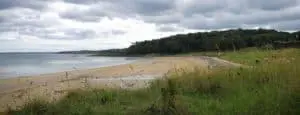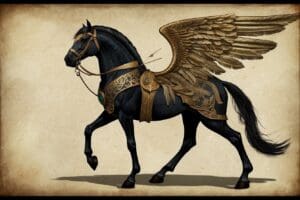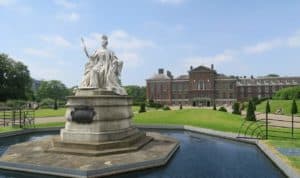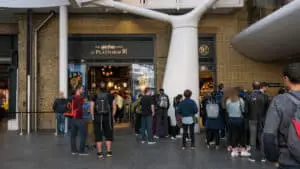Celtic Connections: Unveiling the Shared Heritage of Ireland, Scotland, and Wales
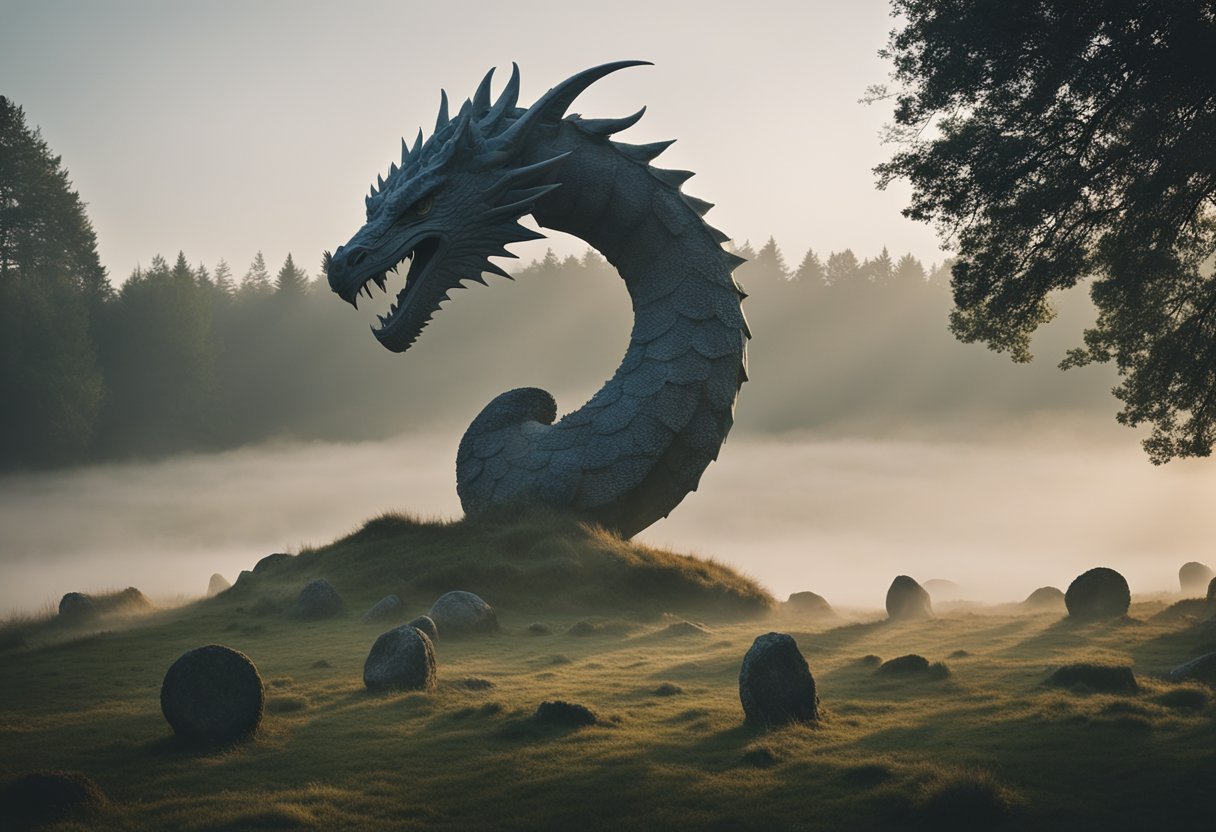
Updated On: April 15, 2024 by Eman Sameh
Our exploration into the enthralling world of Celtic connections takes us across the verdant hills of Ireland, through the rugged highlands of Scotland, and into the heart of Wales’ picturesque landscapes. Strong cultural bonds unite these regions, woven through centuries of shared history and a rich tapestry of cultural traditions. These bonds are not merely relics of the past; they persist in the languages spoken, the festivals celebrated, and the artistic expressions cherished by each nation.
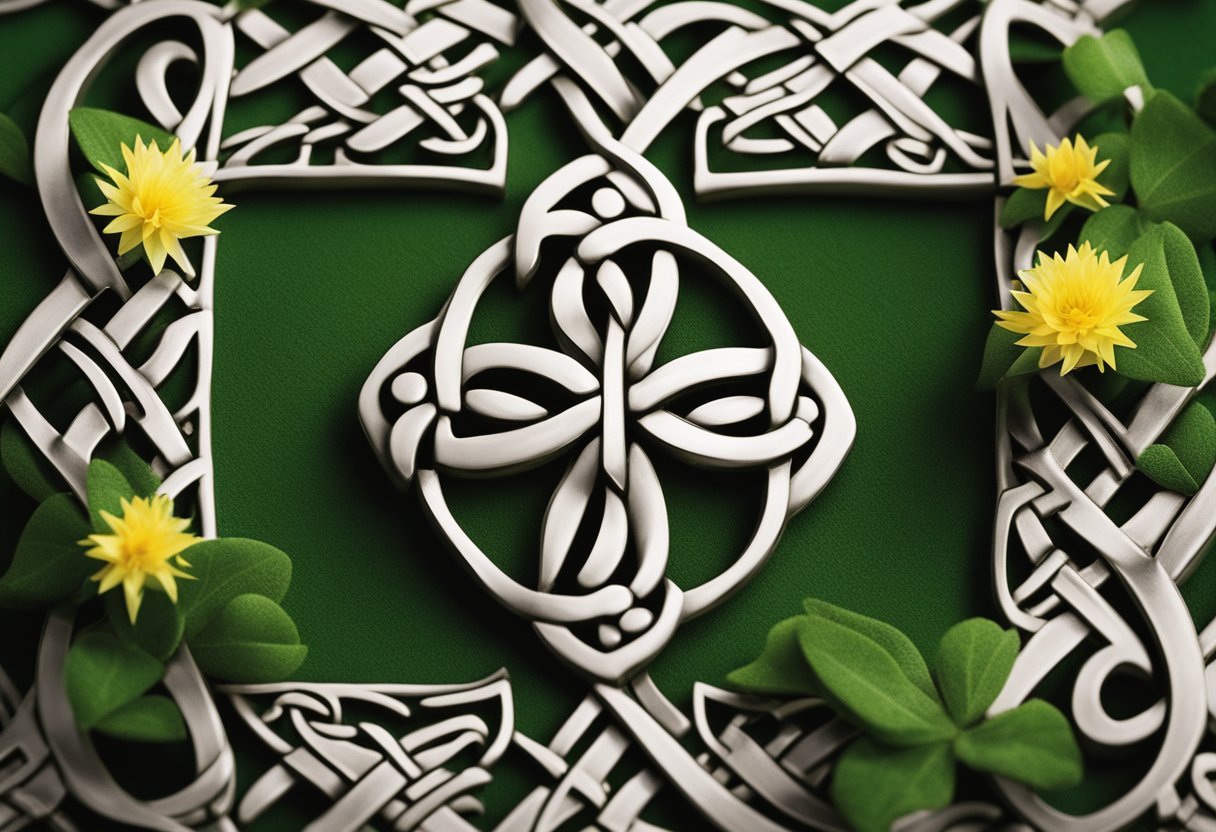
Wales and Ireland, in particular, have forged deep-rooted historical and commercial connections. We see this in the robust trade that once thrived between the Welsh ports and Irish shores, as well as in the cultural exchanges manifest in art, language, and shared Celtic heritage. Similarly, the Irish and Scottish connections run deep, with a literary tradition steeped in Celticism—a bond that both separates and unites them through their push for independence and distinct national identities.
Historical Origins of the Celtic Peoples
The Celtic peoples are a rich tapestry of tribes with origins in Central Europe, whose influence stretched across Europe through migration and cultural exchange.
Hallstatt and La Tène Cultures
The Hallstatt culture, named after the Austrian site where artefacts were first discovered, marks the dawn of Celtic history around 800-450 BC. It’s recognised by distinctive burial rituals and exquisite metalwork, symbolising the early phase of the Celtic era in Central Europe.
Following this, the La Tène culture emerged from around 450 BC, succeeding the Hallstatt period. Identified through an array of intricate art and advanced iron weaponry, La Tène signalled a more widespread expansion of the Celts across Europe, and elements of this culture were prominent in Ireland, Scotland, and Wales.
Celtic Tribes and Migration Patterns
Celtic tribes ventured throughout Europe, creating new settlements and integrating with indigenous populations. Migration was a defining feature, with tribes such as the Belgae moving into Britain and the Gauls extending their reach across France. ‘Keltoi’, a term likely used by the Greeks to describe these diverse peoples, captures the essence of these migrations, with Celts settling from the far reaches of Spain to the heartlands of Anatolia.
These migrations were not uniform but rather a complex spread pattern, which led to the establishment of varied Celtic cultural hubs throughout Europe, each interlinking yet distinct, sharing common languages and societal structures. Celtic migrations had profound effects on the continent’s cultural landscape, laying down roots for the interconnected Celtic connections found today in regions such as Ireland, Scotland, and Wales.
Language and Linguistic Heritage

Celtic languages are a storied aspect of the cultural heritage spanning Ireland, Scotland, and Wales. They are deeply entwined with the identity of each nation and are a testament to a rich linguistic past.
Indigenous Celtic Languages
The Celtic languages comprise a group of languages historically spoken by the Celtic peoples throughout Europe. As indigenous languages, they stem from the larger family of Indo-European languages and have evolved over thousands of years. Celtic languages are typically divided into two branches: Gaelic (Goidelic) languages and Brythonic languages.
Gaelic and Brythonic Languages
The Gaelic (Goidelic) languages include Irish Gaelic, Scots Gaelic, and Manx, each of which developed in Ireland, Scotland, and the Isle of Man, respectively. These languages share a common origin and possess linguistic links that illustrate their relatedness. In contrast, the Brythonic languages consist of Welsh, Breton, and Cornish. Breton is spoken in Brittany, France, but shares its roots with Welsh and Cornish, underlining the historical movement and interconnection of Celtic peoples.
Preservation of Living Celtic Languages
Efforts are ongoing to preserve these living languages, recognising that they are core to the cultural heritage of their nations. Campaigns for language revitalisation are particularly strong in these regions, aiming to ensure that Welsh, Irish Gaelic, and other Celtic languages continue to be used in everyday life, celebrated and taught to future generations. Education programs and media broadcasting in these languages contribute to their persistence in a modern context.
Cultural Identity and Celtic Tradition
Within the realms of Ireland, Scotland, and Wales, Celtic tradition is an intricate tapestry that weaves together cultural identity and historical lineage, distinctly visible in symbols, art, and modern expressions of Celtic heritage.
Symbols and Artifacts
Celtic nations are renowned for their rich legacy of symbols and artefacts, from the universally recognisable Shamrock to the revered Celtic Harp. These symbols are deeply ingrained in the Celtic identity and are often used to represent the broader cultural heritage of these regions. For instance, the Shamrock is a national emblem of Ireland and is inherently linked to St. Patrick’s Day, a festival celebrated not just in Ireland but globally, reflecting Irish traditions and beliefs. Similarly, Scotland’s art is encapsulated in the intricate patterns of Celtic knots, and Wales proudly heralds the harp as a timeless echo of its historic Celtic tradition.
Modern Celtic Identity
Our modern Celtic identity embodiments traditional values within a contemporary context. Numerous festivals and gatherings celebrate Celticism, incorporating ancient customs into present-day cultural activities. Identity within Celtic nations is a vibrant blend of the past and the present, where traditional music, dance, and art forms continue to hold a significant place in society. At the same time, there’s an active engagement with Celtic heritage through the promotion and preservation of Celtic languages, reinforcing a sense of unity and distinction within these communities.
Celtic Art and Design
Celtic art and design are distinguished by their unique patterns and skilled craftsmanship. We not only appreciate the aesthetic but also recognise its significance to cultural identity.
Evolution of Celtic Art Styles
The origin of Celtic art traces back to the La Tène culture, characterised by elegant, swirling patterns that are iconic in historical artefacts. This style flourished broadly between the 5th and 1st centuries BC, laying the groundwork for what is commonly referred to as Celtic design. Intricate spirals and interlacing knotwork, often depicted in metalwork and illuminated manuscripts, highlight the sophisticated visual language of the Celts.
Additionally, the Celts were adept in metalwork, particularly in gold, creating stunning jewellery and ceremonial objects. Notable masterpieces include elaborate torcs and the famed Tara Brooch, exemplifying their extraordinary metalworking skills.
The use of Ogham script, an early medieval alphabet, adds yet another dimension to Celtic art. It represents the earliest form of writing in Ireland and Britain. Stones inscribed with Ogham can still be found, showcasing yet another facet of their artistic expression.
Celtic art style is not static but a dynamic continuum, best evidenced by how it adapted during the early medieval period. The Insular art, combining La Tène influences with Christian iconography, produced breathtakingly ornate artefacts like retables and gospel books whose design still carries an air of mystique and inherent value to our cultural heritage.
Music and Performing Arts
In the Celtic regions of Ireland, Scotland, and Wales, music and performing arts are vibrant expressions of cultural identity that bind these nations together with a rich tapestry of sound and movement.
Traditional Music and Dance
We celebrate our shared heritage through reels, jigs, and hornpipes, with the distinct sounds of the fiddle, tin whistle, and uilleann pipes characterising much of our traditional music. At gatherings such as the revered ceilidhs, community members of all ages come together, with live music providing the soundtrack for vigorous and rhythmic dances that have been passed down through generations.
In Wales, festivals like the National Eisteddfod of Wales serve as a centrepiece for showcasing our language and arts, including traditional music and dance, with performances illuminating the connections between Celtic cultures. Similarly, the lively festival scene in Ireland and the internationally renowned Celtic Connections festival in Scotland contribute significantly to the preservation and celebration of our shared Celtic music traditions.
Contemporary Celtic Music
Whilst we honour our roots, contemporary Celtic music artists are not bound by tradition. They weave modern influences into the fabric of their sound, creating innovative music that resonates beyond Celtic borders. Acts from these regions often feature at various music festivals, where they exhibit a fusion of traditional elements with contemporary styles.
In embracing the new, however, we do not forsake the old. The indigenous language and music collaboration project ‘Mamiaith’ is a testament to our dedication to both celebrating and evolving our musical heritage. Together, we are not only keepers of a rich past but also creators of a dynamic future for Celtic music and art.
Literature and Storytelling

In our journey through the cultural tapestry of the Celtic nations, literature and storytelling emerge as vibrant threads, weaving together the historical and creative spirit of Ireland, Scotland, and Wales.
Folklore and Mythology
Our exploration uncovers a bedrock of folklore and mythology, which has perpetuated the Celtic consciousness through centuries. We find in the ancient traditions of Ireland an oral heritage where mythology and folk tales have travelled down generations. This fabric of storytelling is mirrored in Scotland and Wales, wherein Gaelic literature, vivid stories of legendary heroes, faeries, and ancient gods have fostered a rich folklore tradition. These tales have been the keepers of values, history, and identity, with famous examples such as the epic Folk Tales of Fionn mac Cumhaill and the Mabinogion.
Celtic Influence in Literary Works
The weaving of Celtic influence into literary works becomes apparent when one considers the majestic prose and poetry that echo the aesthetic and thematic nuances of Celtic mythology. Pivotal events, such as the publication of James Macpherson’s Ossianic poetry, have left an indelible mark on the literary landscapes of both Scotland and Ireland. Such works have perpetuated and celebrated Celtic culture, leading to significant periods of cultural renaissance, notably the Celtic Revival, which sought to resurrect the distinctiveness of Celtic legends, art, and spirituality. This influence is etched into the countless poems, stories, and plays, reverberating the profound connection between the arts and cultural heritage across the Celtic realms.
Societal Impact and Contributions
The Celtic peoples have been integral in shaping European civilisation through their indelible cultural impact and multifarious contributions. From influencing the languages we speak to the arts and even societal structures, their legacy is profound and continues to resonate across the Celtic nations and beyond.
Celtic Influence on European Civilisations
The Celts, a diverse group of tribal societies in Europe, left a lasting impression with their unique cultural attributes. Among them, the Gaelic, Breton, and Cornish languages sprang forth, originating from Celtic roots and remaining integral to cultural identity within regions like Ireland, Scotland, and Cornwall.
- Gaelic: Once widespread across Europe, it remains the spoken tongue in parts of Scotland and Ireland, embodying the essence of Celtic culture.
- Breton: Predominantly used in Brittany, France, it showcases the Celts’ far-reaching influence across the continent.
The contributions of the Celts can be observed in the rich tapestry of folklore, music, and dance that has emanated from the Celtic nations. This heritage is more than just a relic; it actively informs contemporary expressions of identity.
- Music: Celtic music, with its distinctive instruments like the harp and bagpipe, has had a significant global impact, influencing genres and inspiring modern-day artists.
- Literature and Mythology: The ancient tales, from the Irish mythological cycle to the Arthurian legends of Wales, have been pivotal to the canon of European literature.
- Craftsmanship: Artisanal skills, such as intricate metalwork and jewellery, exemplify the Celts’ artistry and have been a part of cultural exchange across Europe.
Moreover, the societal structures established by the Celts, which often revolved around kinship and warrior elites, set precedents that affected the feudal systems that later emerged in medieval Europe.
The Celtic Nations — Ireland, Scotland, Wales, and others — have extended their global reach through a diaspora that has taken their culture to distant shores. In turn, they have enriched the cultural fabric of societies across the globe through their contributions in various fields, from literature and music to politics and science.
Politics and the Struggle for Independence
In this section, we explore the intricate relationship between politics and the quest for independence across the Celtic nations, with a focus on the nuances of national identity and autonomy.
National Identity and Autonomy
The collective struggle for recognition and political autonomy has been a salient issue within the nations of Scotland and Wales. Scottish nationalism has surged, particularly with the 2014 independence referendum, where Scotland came close to voting for separation from the United Kingdom. The sense of identity and nationalism has been deeply intertwined with political aspirations, as many Scots continue to push for a distinct national identity separate from UK governance.
Wales, in contrast, while having a strong national identity, has not experienced the same intensity of independence movements as Scotland. However, devolution has granted the Welish Government more powers, reflecting a desire among the Welsh for greater control over their country’s affairs. This showcases a drive toward enhanced autonomy, albeit within the framework of the UK.
Both nations’ political landscapes illustrate the complexities of balancing national identity with the political machinations of autonomy and independence movements, reflecting an ongoing narrative where cultural ties and political aspirations are inexorably linked.
Contemporary Cultural Festivals and Events
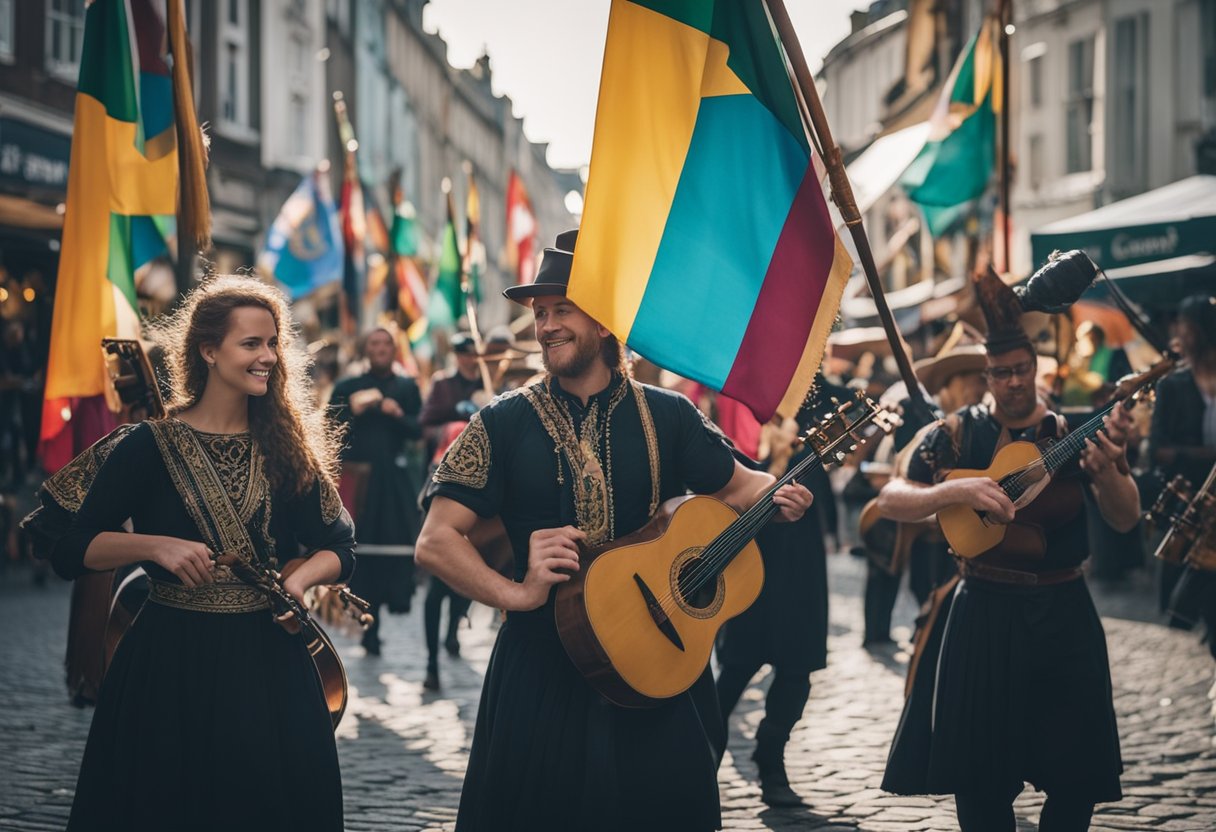
Our shared Celtic heritage is celebrated through vibrant festivals and events that showcase our rich culture and traditions. From lively music to competitive Gaelic games, these occasions create a tapestry of cultural experiences across Ireland, Scotland, and Wales.
St Patrick’s Day and Other Festivals
St Patrick’s Day is a focal point, bringing people together to honour Irish culture with parades, traditional music, and dancing. Across the globe, it’s a day when everyone can experience a taste of Ireland, from the iconic green decorations to hearty servings of corned beef and cabbage.
In Scotland, the annual Celtic Connections festival, a cornucopia of folk and roots music, illuminates Glasgow each winter. Alongside captivating concerts, it features unique collaborations that resonate with our shared Celtic roots.
Welsh cultural festivals also abound, with Eisteddfodau celebrating the Welsh language and arts. These events immerse attendees in our traditions, where music, literature, and performances are central to fostering a strong sense of national identity.
Gaelic Games, integral to Irish culture, are often celebrated alongside these festivities. Spirited matches of hurling and Gaelic football draw crowds, reflecting our passion for sport and community.
These festivals and events, with their deep connections to our past, continue to shape and express our vibrant Celtic identity today.
Celtic Influence in Modern Society
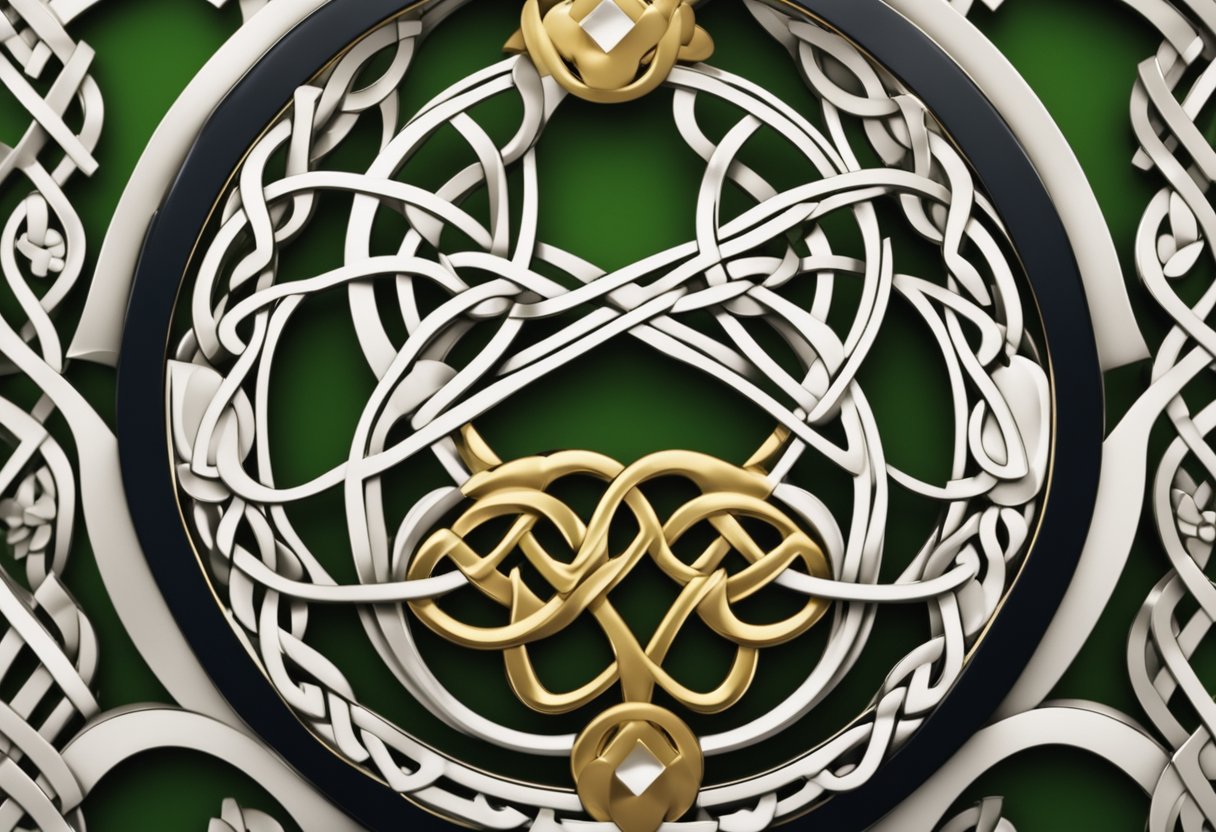
Celtic culture has left a lasting mark on modern society, influencing various aspects such as language, art, music, and even societal norms. This impact is most pronounced in regions like Ireland, Scotland, and Wales, where Celtic traditions continue to play a central role in contemporary life.
Celtic Revival and Appropriation
Celtic Revival began in the late 19th century and was a movement aimed at reviving Celtic art, music, and language, which were at risk of being lost due to the spread of industrialisation and English influence. This resurgence led to increased interest in the Celtic language and music, as seen in the proliferation of festivals and educational programmes that celebrate and perpetuate these traditions.
In art, Celtic patterns and styles, such as the intricate knotwork and spiral motifs derived from the La Tène culture, have been embraced in modern Irish artwork, fashion, and architecture. These designs are synonymous with Celtic identity and have undergone a renaissance of sorts, adorning everything from jewellery to tattoos.
The term appropriation has been used in relation to the commercialisation of Celtic symbols and motifs, often taken out of their original context. While this has helped popularise and spread awareness of Celtic culture, it can sometimes lead to misrepresentation or dilution of authentic Celtic traditions.
Celtic influences can be heard in contemporary music, where traditional instruments such as the bodhrán and pipes are blended with modern music styles. Bands and artists often incorporate these elements, keeping the musical heritage alive and evolving.
Through the Celtic Revival, we have seen a rejuvenation of pride and interest in Celtic heritage, a process that has ensured the preservation and continuation of some forms of Celtic culture into the 21st century. The movement has also highlighted the delicate balance between celebrating culture and commercially exploiting it, reminding us of the importance of respectful representation and knowledge of cultural origins.
Preservation of Celtic Connections and Traditions
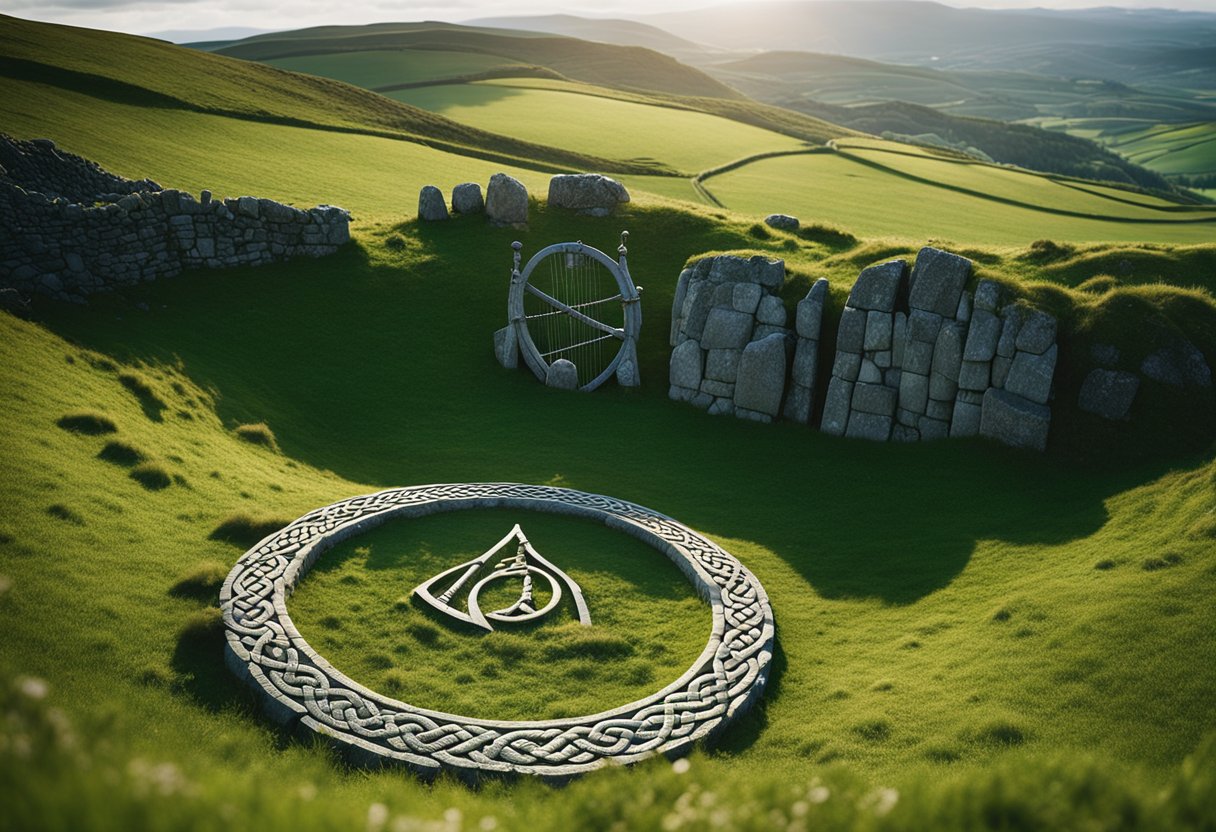
In our exploration of Celtic connections, it is crucial to address the hurdles faced in keeping Celtic traditions and languages alive, as well as the efforts to preserve these vital aspects of cultural heritage.
Endangered Celtic Traditions and Languages
Celtic languages, once spoken widely across Europe, now cling to survival in the British Isles. We can’t discuss Celtic culture without acknowledging the fragile state of its languages, which are a cornerstone of Celtic identity. Welsh, Scottish Gaelic, and Irish, amongst others, have been classified from vulnerable to critically endangered by UNESCO. These languages are inseparable from the songs, stories, and expressions that convey the essence of Celtic heritage.
Efforts to revitalise these tongues, like the work done by dedicated language preservation bodies, have seen some success. Education and media in these languages have become more prevalent, fostering a new generation of speakers. Yet, the challenges are manifold – from dwindling numbers of native speakers to limited resources for language teaching.
Our heritage is at the heart of who we are; thus, preserving it is not a task we take lightly. Museums, cultural associations, and initiatives like the annual Celtic Connections music festival are crucial in keeping the legacy of Celtic culture vibrant and accessible. These platforms offer a gateway to the traditions and heritage of our ancestors, allowing us to celebrate and share the richness of Celtic art, music, and history with the world.
Frequently Asked Questions
We receive many questions about the rich cultural ties between the Celtic nations. Here, we answer some of the most common queries regarding the shared history and vibrant traditions of Ireland, Scotland, and Wales.
What are the historical cultural links between Ireland, Scotland, and Wales?
The historical cultural links between these nations are deeply rooted in the Celtic civilisation. Festivals like Samhain and shared Gaelic languages signify these strong past connections.
How does the Bothy Band contribute to the understanding of Celtic musical traditions?
The Bothy Band played a seminal role in popularising traditional Irish music during the 1970s and, consequently, shed light on the wider Celtic musical traditions, underscoring the common threads in Celtic music.
In what ways do the Transatlantic Sessions reflect the shared cultural heritage of the Celtic nations?
Transatlantic Sessions bring together folk musicians from Ireland, Scotland, North America and beyond, highlighting the profound impact Celtic music has had on many countries and how these influences continue to resonate across the Atlantic.
What characteristics distinguish Irish, Scottish, and Welsh traditional music?
Irish, Scottish, and Welsh traditional music share characteristics such as using specific instruments like the fiddle and the harp, but they also each have unique features like distinct forms of bagpipes and traditional singing styles.
How do cultural interactions between the Welsh and the Irish shape contemporary Celtic identity?
Cultural interactions, such as the shared celebration of festivals and collaborations in fields like music and literature, continually shape and evolve the Celtic identity, bringing fresh perspectives to age-old traditions.
Can you outline the similarities and differences between Welsh and Irish cultural practices?
Welsh and Irish cultures both celebrate their ancient Celtic heritage, place emphasis on storytelling and folk music, and value their native languages. Differences arise in specific cultural expressions, such as their individual mythologies and folklore.


